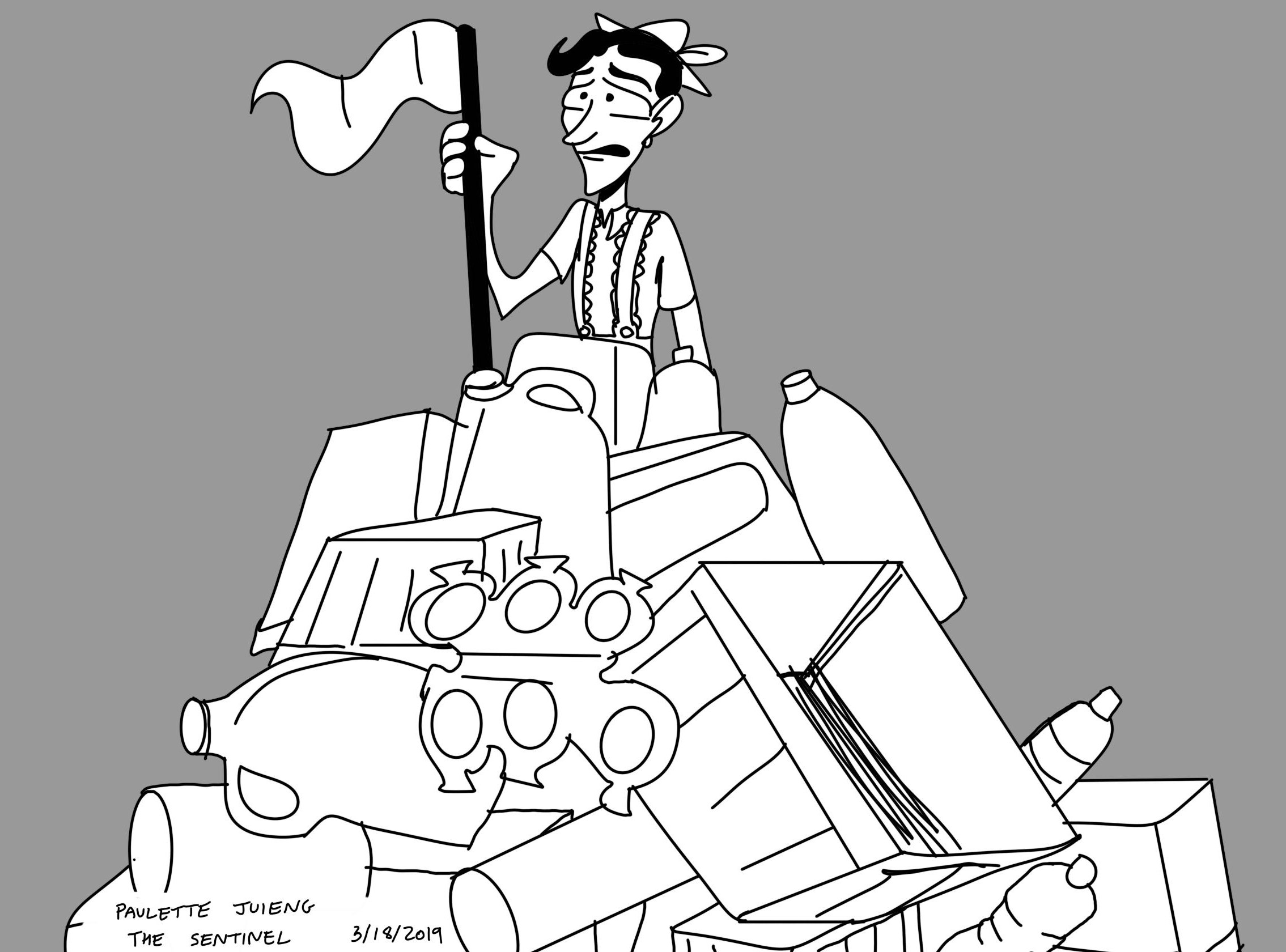Despite the indignation that erupts as a result of an exposed hoax, people actually revel in the opportunity to watch elaborate dishonesty deconstruct before their eyes. In most cases, the story about the hoax actually overshadows the original story. This is because these public confrontations capture our attention and stir more emotion than the original story. A good hoax involves some of our favorite dramatic themes: deception, denial, accusation, and the blurry line between fact and fiction. Yet each time we endure one of these hoaxes, we collectively shake our heads and wag our fingers like disapproving parents.
Such was the case with the recent story involving an individual who unearthed various atrocities inflicted on workers in an Apple factory in China. Mike Daisey exposed these findings on a popular radio show, This American Life, and his story fostered nationwide uproar. The only problem was many of these details were embellishments and outright lies.
Recently, Ira Glass, host of This American Life, publicly apologized and adamantly conveyed his regret about not fact checking the story more diligently. Although Glass may have experienced genuine shock over what happened, the average person will often knowingly permit blatant deception. We do this for the following reasons: we wish to both secretly ridicule them for their absurdity and to patiently wait for the day when we can catch them and expose their filthy lies. Then we back them into a corner and so entangle them with their own web of deceit, that they tremble in shame and remorse.
Therefore, one reason we love hoaxes is they facilitate one of the few black and white arguments about morality we have left. We are desperate to return to our childhood justice system of right and wrong and to reclaim the simplicity of our playground ethics. Our egos thrive on these occasions, especially the public dissolution of the hoax. In fact, nothing is more vital to the ego than the opportunity to point our fingers and say, “I am good and you are bad.”
Additionally, the period of public shaming allows a momentary indulgence in our own private hoaxes and self-deceptions. We commence our favorite one-man farce, pretending this were the first time dishonesty has ever threatened our delicate virtue. Then for the final act of these elaborate parodies, we play our favorite role of judge and jury, distributing our condemnation without reserve. Somehow seeking our own absolution through the persecution and humiliation of someone else.
In reality, however, This American Life should be thanking Daisey for his dubious morality and disregard for journalistic integrity. Not only did his hoax afford them their most popular show of all time, it also provided the ideal follow-up show complete with a touching moment of catharsis where the deceived verbalize their hurt and frustration and the deceiver admits to his partial guilt but still maintains a detached, sociopathic denial. So the next time a good hoax unravels, withstand your righteous indignation long enough to appreciate its complexity and personal rewards.


